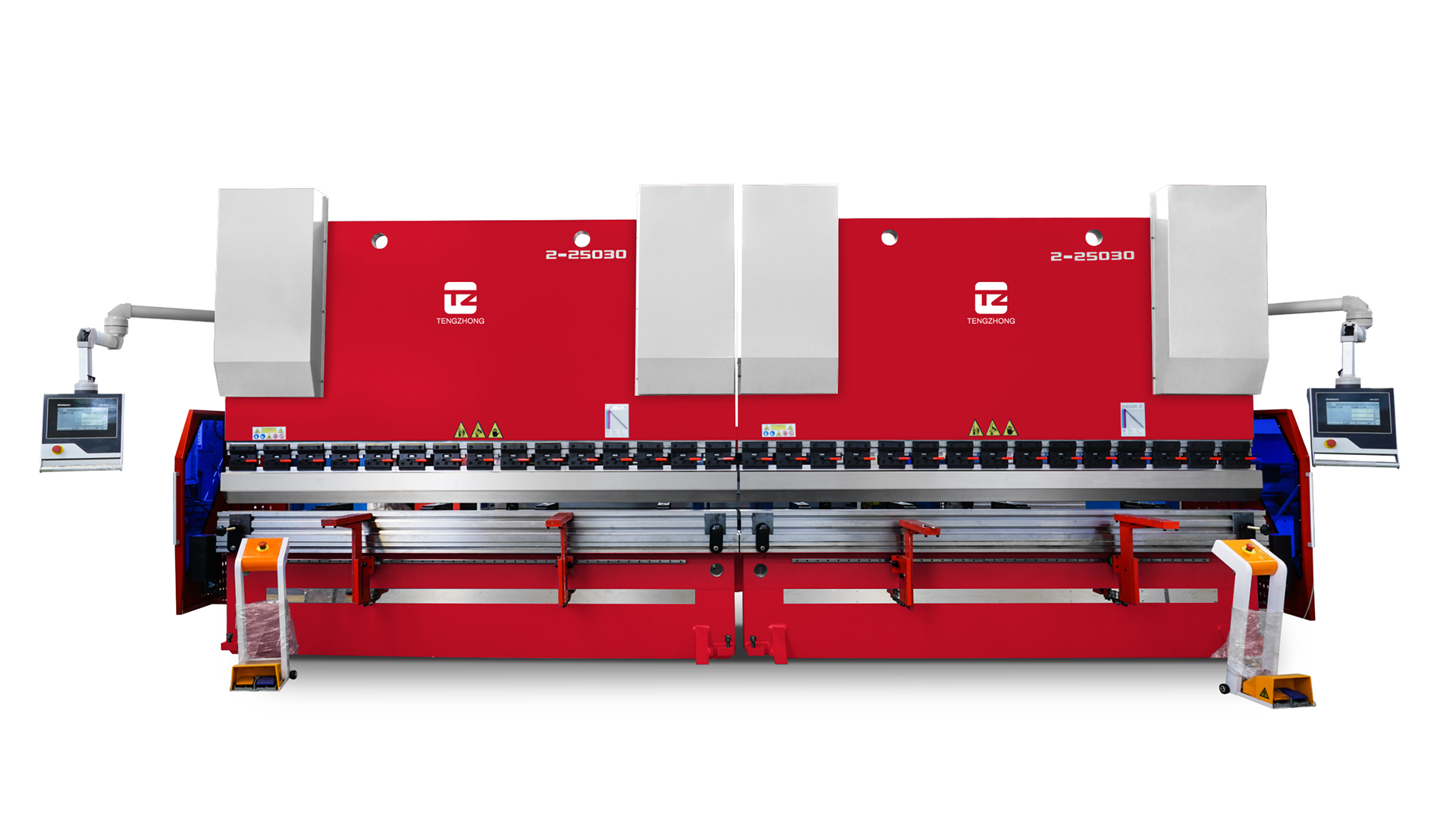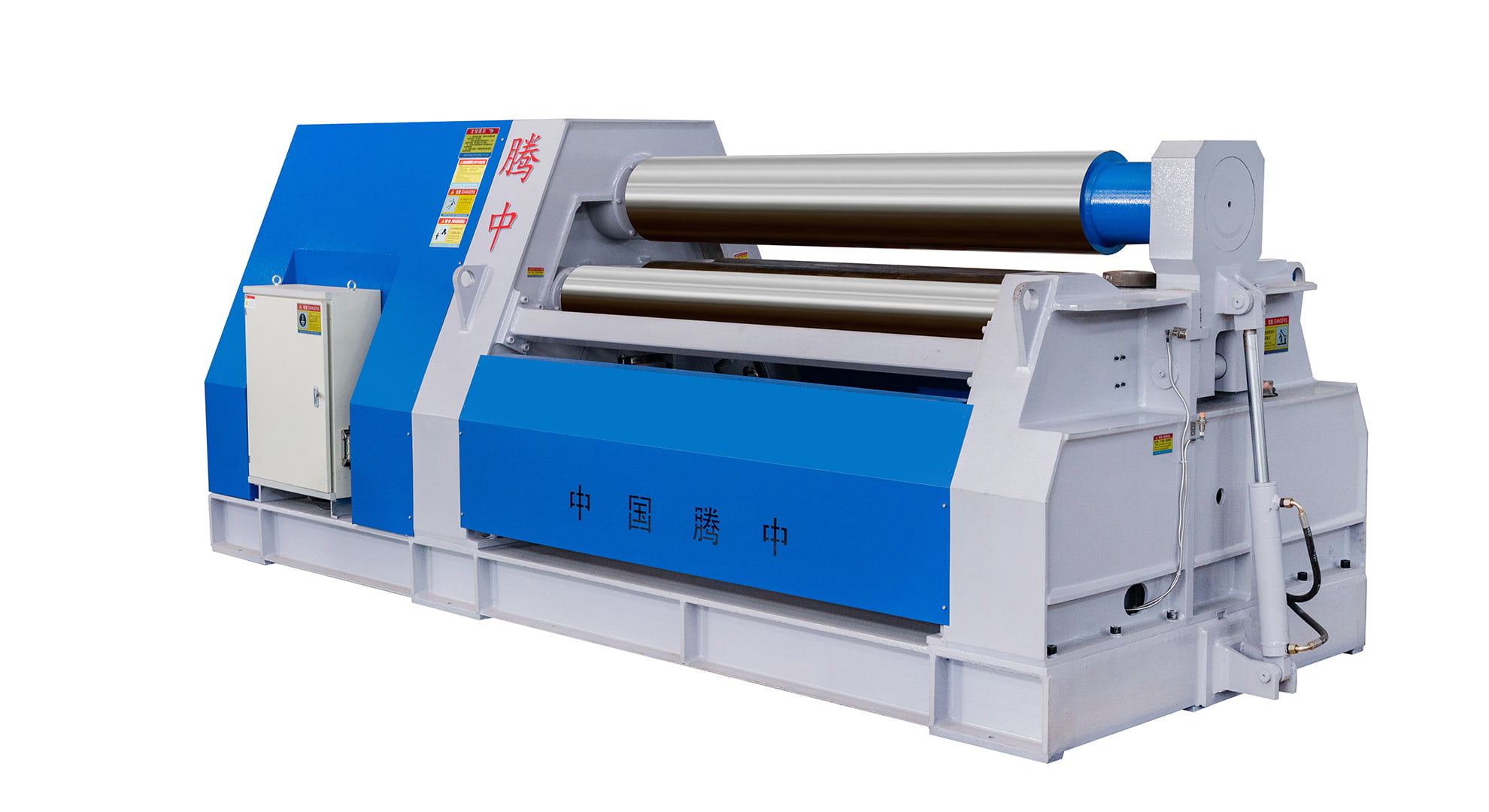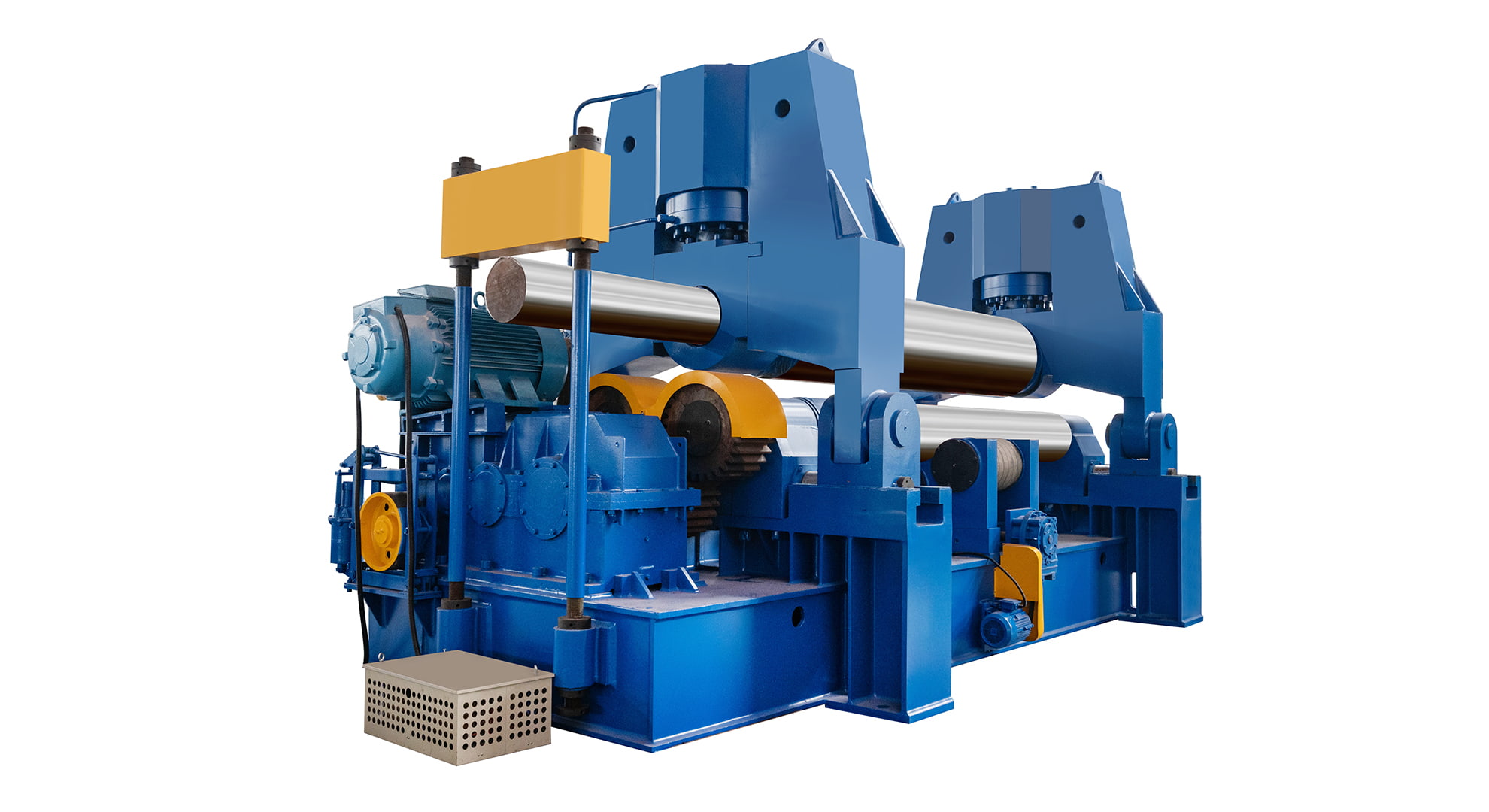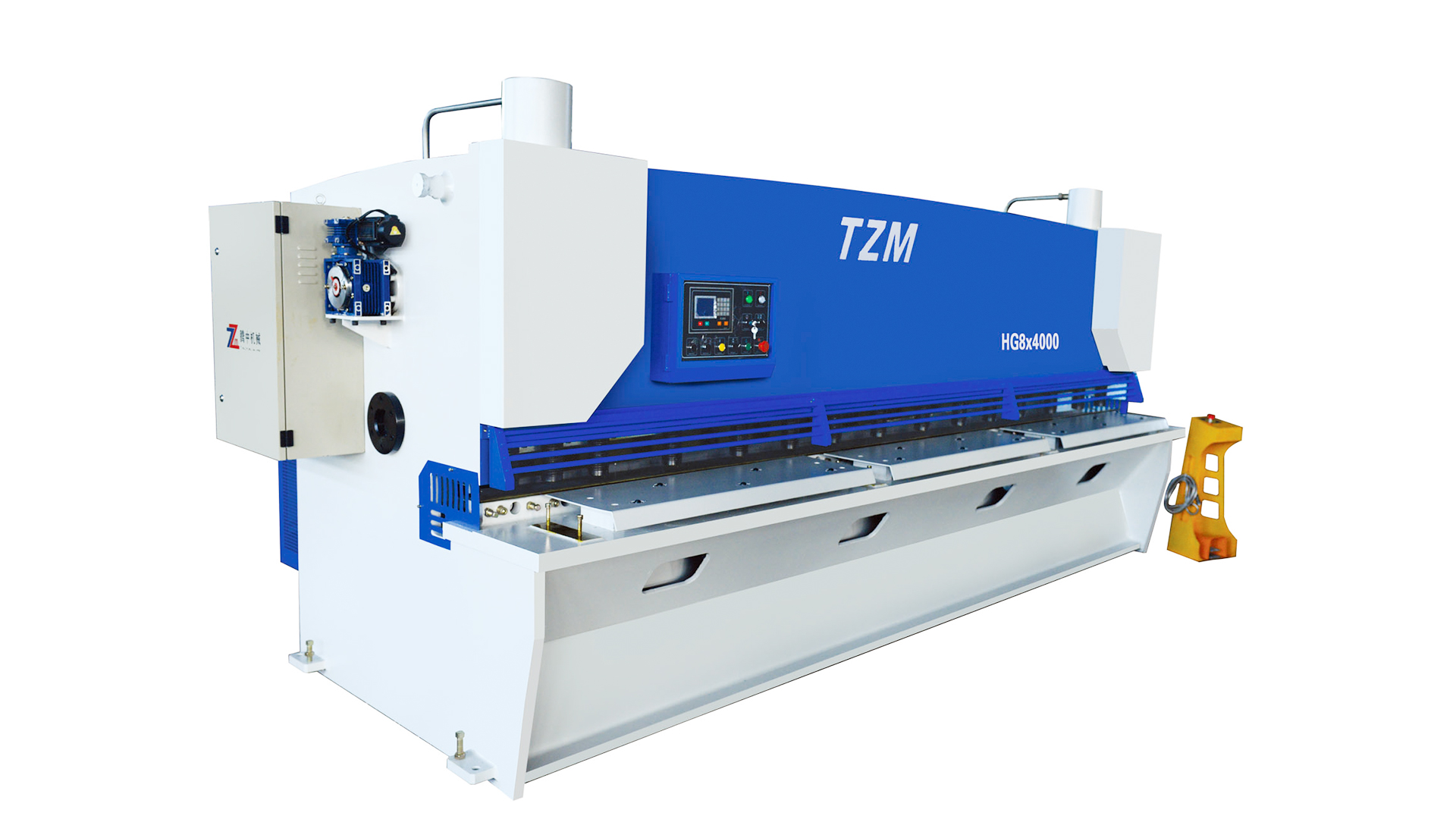What Safety Measures Should Be Followed When Using a Shearing Machine
2025-10-10
Shearing machine is widely used in manufacturing and metalworking industries to cut sheet metal or other materials to size. While they are highly efficient and versatile, improper use or neglect of safety precautions can result in serious injuries or equipment damage. Understanding the safety measures required when operating a shearing machine is essential for operators, supervisors, and maintenance personnel.
Understanding Shearing Machines
A shearing machine is a mechanical device that cuts materials by applying a high shearing force using a sharp blade. Depending on the type, shearing machines can be mechanical, hydraulic, or pneumatic. They are commonly used to cut sheet metal, plates, or strips into specified sizes with precision. Given the high forces involved and the sharpness of the cutting edges, the risk of accidents is significant without proper precautions.
The first step in ensuring safety is to understand the machine’s operation. Operators should be aware of how the blades move, the correct positioning of materials, and the proper use of control mechanisms. This foundational knowledge reduces the likelihood of accidents caused by operator error.
Personal Protective Equipment
Personal protective equipment is the first line of defense against injuries. Operators should always wear appropriate clothing and gear, which includes safety goggles, gloves, protective footwear, and suitable work attire. Goggles protect the eyes from flying debris or metal fragments. Gloves provide hand protection but should fit well and allow dexterity to handle materials safely. Protective footwear prevents injuries from falling objects or accidental contact with the machine.
Avoid wearing loose clothing, jewelry, or accessories that could get caught in moving parts. Long hair should be tied back to prevent entanglement. These basic precautions, while often overlooked, are crucial for preventing serious injuries.
Machine Inspection and Maintenance
Regular inspection and maintenance are essential components of shearing machine safety. Before using the machine, operators should check for loose components, damaged blades, and malfunctioning safety guards. Ensuring that all moving parts are properly lubricated and free from wear or obstruction helps maintain the machine in a safe operating condition.
Scheduled maintenance should include blade sharpening or replacement, checking hydraulic or mechanical systems, and testing emergency stops and control buttons. Operators should be trained to recognize signs of wear that could compromise safety, such as unusual noises, vibrations, or irregular cutting patterns.
Proper Use of Safety Guards
Safety guards are designed to prevent accidental contact with blades and other moving parts. They should always be in place during operation and should never be removed or bypassed. Guards can take various forms, including fixed shields, adjustable barriers, and interlocked covers. Interlocks ensure that the machine cannot operate unless the guard is properly positioned.
Operators must understand the function and positioning of guards and adjust them according to the size and thickness of the material being cut. Properly used safety guards reduce the risk of hand injuries, pinching, and accidental blade contact.
Correct Material Handling
Handling materials safely is a critical aspect of shearing machine operation. Large or heavy sheets of metal can be difficult to maneuver and may pose risks of strain, crush injuries, or dropping hazards. Use mechanical aids such as rollers, conveyors, or lifting equipment whenever possible to position the material safely.
Operators should also ensure that the material is clean and free of foreign objects, such as nails or screws, which could damage the blade or create flying debris. Proper alignment of the material with the cutting blade ensures a clean cut and reduces the likelihood of kickback or jamming.
Safe Operating Procedures
Adhering to safe operating procedures is essential to minimize risk. Before starting the machine, confirm that the work area is clear of unnecessary personnel and obstacles. Position hands and fingers away from the cutting line, using push sticks or other tools to guide small or narrow pieces safely.
Avoid reaching across the blade or attempting to adjust the material while the machine is in operation. Operators should always use the designated controls and never override safety mechanisms. Slow and steady operation is preferable to rushing, which increases the risk of error or injury.
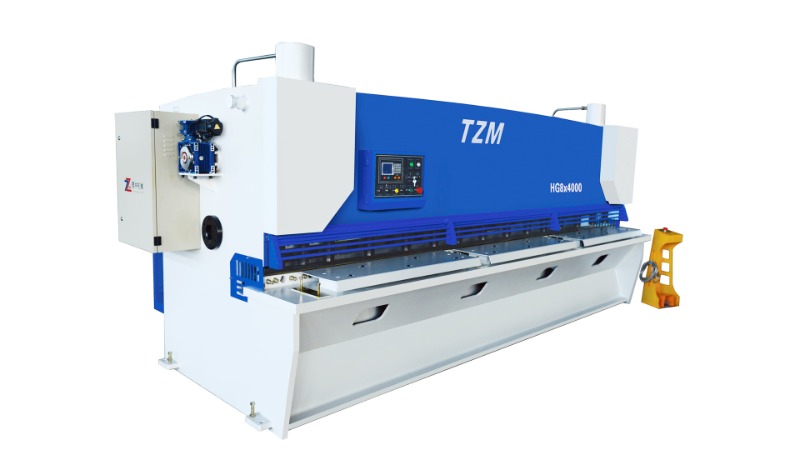
Training and Competency
Operator training is a cornerstone of safety in shearing machine use. Workers should receive formal instruction on machine operation, safety procedures, emergency response, and routine maintenance. Training should include both theoretical knowledge and practical demonstrations to ensure that operators are competent in real-world conditions.
Regular refresher training helps maintain awareness and ensures that operators stay up to date with any new safety practices or procedural changes. A well-trained operator is more likely to recognize potential hazards and respond appropriately.
Emergency Preparedness
Despite all precautions, accidents may still occur. Emergency preparedness is therefore essential. Operators should know the location and operation of emergency stops, first aid kits, and fire extinguishers. Clear signage and instructions should be displayed near the machine, highlighting emergency procedures.
Prompt reporting of incidents or near misses allows supervisors to take corrective action and prevent recurrence. Organizations should maintain a culture of safety where operators feel encouraged to report hazards without fear of reprisal.
Environmental Considerations
The working environment also affects safety. Ensure adequate lighting around the shearing machine to allow clear visibility of the cutting area. The floor should be clean and free from oil, water, or debris that could cause slips or falls. Ventilation may be necessary if cutting generates dust or fumes, particularly with coated or treated metals.
Noise levels from shearing machines can be high, so operators may need hearing protection in addition to eye and hand protection. Organizing the workspace to minimize unnecessary movement and hazards contributes to overall safety.
Lockout and Tagout Procedures
Maintenance or repair of shearing machines requires strict lockout and tagout procedures. These procedures prevent the machine from being accidentally powered on while work is being performed. Operators or maintenance personnel should disconnect energy sources, secure the machine, and display tags indicating that maintenance is in progress.
Lockout and tagout procedures reduce the risk of severe injuries during blade replacement, lubrication, or other maintenance tasks. They are a critical component of workplace safety standards.
Ergonomic Practices
Ergonomic practices help prevent repetitive strain injuries and improve operator safety. Positioning the material at a comfortable height, using mechanical aids, and alternating tasks can reduce fatigue. Proper posture and hand positioning also minimize the risk of injury during prolonged operation.
By incorporating ergonomic principles, operators can maintain concentration, reduce errors, and operate the shearing machine safely over extended periods.
Regular Safety Audits
Organizations should conduct regular safety audits to identify potential risks and ensure compliance with safety procedures. Audits can review machine condition, operator practices, and adherence to safety protocols. Feedback from audits can lead to improvements in training, machine maintenance, and workspace organization.
Proactive auditing fosters a culture of continuous improvement in safety, reducing accidents and enhancing overall productivity.
Conclusion
Safety when using a shearing machine requires attention to multiple factors, including proper training, personal protective equipment, correct operation, maintenance, and emergency preparedness. By following these safety measures, operators can minimize the risk of injury, maintain machine efficiency, and create a safer workplace.
Shearing machines are powerful tools that, when handled responsibly, provide precise and efficient cutting solutions. Understanding the hazards, applying safety measures consistently, and fostering a culture of safety are essential to preventing accidents and ensuring smooth operations in any metalworking or manufacturing environment. Operators, supervisors, and organizations all share responsibility for maintaining a safe environment and promoting best practices in shearing machine use.

 English
English русский
русский Français
Français Español
Español Português
Português عربى
عربى



